Laos is a land to love. It’s an earth space that can have you feeling like you’ve stepped back in time, while simultaneously, the country is developing at a moderate pace.
I don’t believe that Laos is well-known to most of the eight-billion-plus people of earth, so I aim to provide 11 great things that can be experienced while visiting or living in this green, mountainous, river-laden, tropical haven.
Being in Laos can be Like Stepping Back in Time
Glittering, colorful temples with ginormous, steep-sloping roofs, monks in saffron robes, street stalls, and traditional outdoor markets could have a person feeling they’ve taken a step back in time.
As much as I’m a fan of living in the present, I enjoy the thought of time travel. Laos can provide that feeling.

Wellness Culture
If you’re dreaming about an expensive spa vacation that’s challenging to afford, there’s the option of heading to Laos and easily engaging in makeshift spa tourism. The expensive part is the airfare.
Massage parlors abound in cities and are typically available in smaller towns. You can usually walk in, order the type of massage and amount of time you want from a menu, and get started. I’ve never had to wait.
I’ve found that a massage isn’t better or worse based on price. Instead, it depends on the massage therapist. A more expensive place might have better beds as opposed to mattresses on the floor, and they may wash your feet with salt instead of only water. Maybe they smile more, maybe not.

I don’t find paying for a posh place is necessary as I’m just looking to get a therapeutic massage.
A Lao city will have at least one traiditonal Lao sauna opened to the public. It usually has massage services, too.
I’ve used a Lao sauna in the border town of Huay Xai, Luang Namtha, Luang Prabang, Vientiane, Savannakhet and Pakse. A Lao sauna is more accurately an herbal steam room.
Inside, it’s common to inhale any combination of fresh basil, cinnamon, citrus, eucalyptus, lemongrass, mint or rosemary. Lemongrass seems to be the most common.

Having a couple of hot sauna or steam-room sessions will compliment a day.
Laos has a thriving herbal steam and massage wellness culture. Outside of Laos, who knew?
In contrast, I get the impression that Lao people assume ubiquitous saunas are the norm everywhere on earth. They don’t realize their land is extra-special in this way. I sometimes tell locals I talk to in a sauna something like:
This is so Lao. Other than Finland, there’s not another country where sauna is this ingrained and common in the culture.
Culinary Arts
Who can deny that South East Asian cuisine is superb? I can’t, and I eat mostly plant-based food. There’s a good variety of vegetable options in cities. When asking for jae (vegetarian), they often either put kai (egg) in or ask if kai is OK. I typically surrender and say doy (yes).
If I were eating flesh food regularly, Laos would be more of a culinary playground.

As a matter of fact, Laos is one of the most exotic food eating lands on the planet. From what I’ve observed, there’s a lot of variety. This includes both flesh and vegetable options and typically a combination of the two.
If you’re interested in Laotian animal cuisine including copious offal and insects sometimes alive, then you’ll probably enjoy this fascinating video.
My favorite neighborhood in Boston used to be Chinatown, for the restaurants and bakeries. Now when I sit down at a little eatery and get my food, I sometimes joke to myself that I’m in an omnipresent Indochinatown. And I am.
MANTRA: Gratitude.
Tables often come with multiple condiments including chili flakes and pickled chili peppers. Lao people don’t seem to use chopsticks as much as their neighbors, the Thais, Chinese and Vietnamese do. So I sometimes have to ask for mae too (chopsticks).
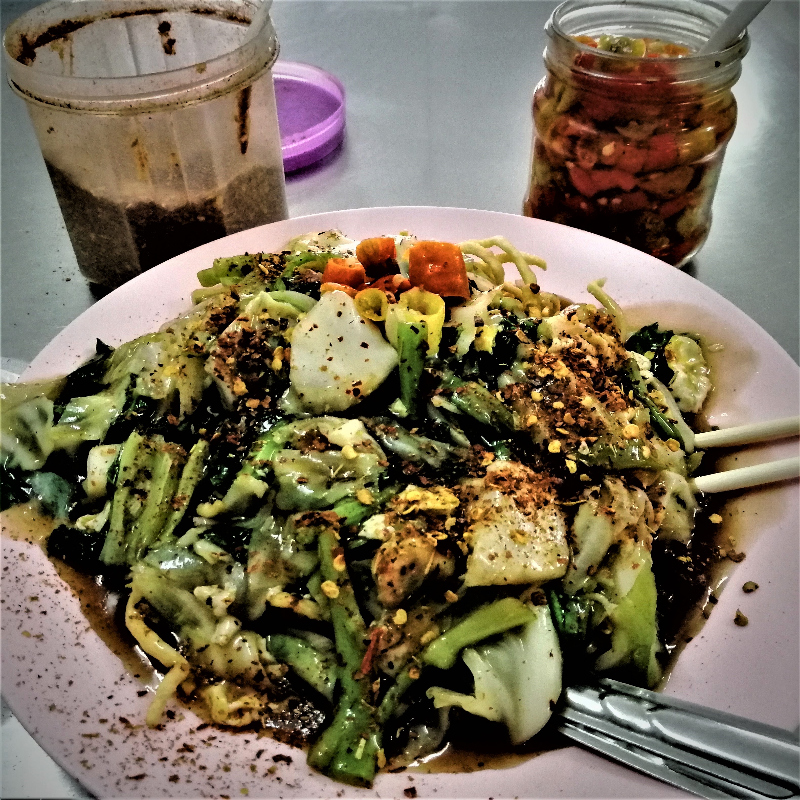
Noodles are an unhealthy simple starch, but to dive into a bowl of crispy noodles and vegetables with a pair of chopsticks puts me into a state of divinity and happiness.
Food art can give me a sense of priceless awe and wonder.
Here’s a vegan version of a traditional Lao dish.
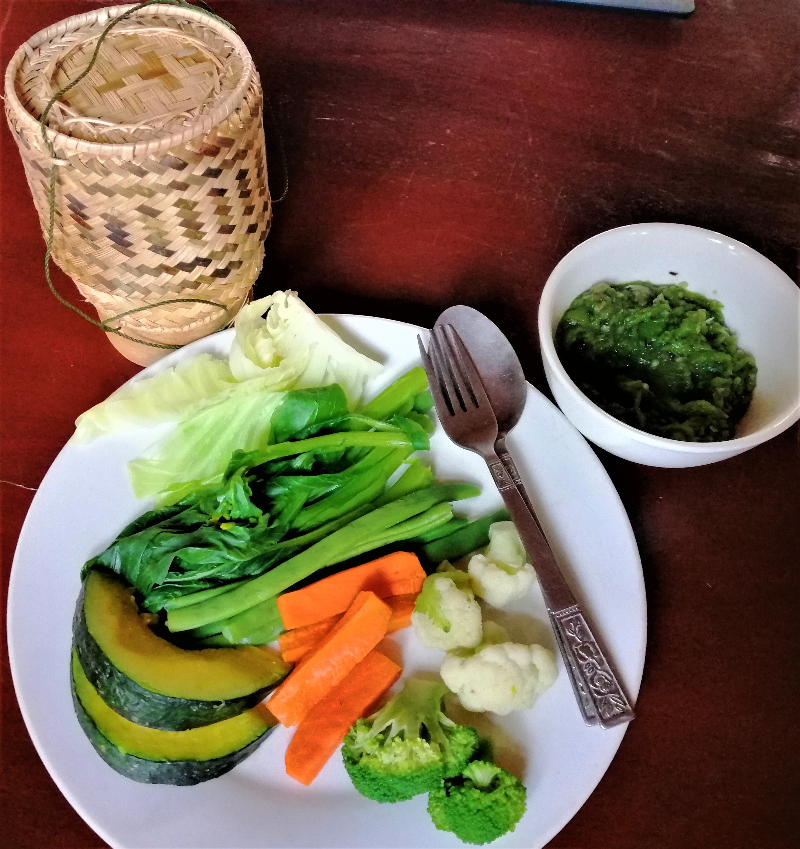
Outside of a Chinatown in the US, often the best thing I can find is Thai food. I recently found something out from a Lao person who’s lived in the US:
In the United States many Thai restaurants are run by Lao people. They call it Thai so customers will come. If they called it Lao food no one would come, because people have no idea what Lao food is. In reality, Lao and Thai food are 90% the same.
A Landlocked Tropical Paradise
In a tropical paradise, food is fresher, juicier, and more local. Coconut trees are abundant, as is ice cream made of 100% coconut. It’s a street-side staple and ideal for a person with a sweet tooth, or an ice-cream junkie. I can’t get enough.
There are coconut cakes, curries, drinks, patties, macaroons, waffles, and other food items that use fresh coconut.

In and near city centers, there tends to be a plethora of food. It seems like people are eating all the time. And they actually are.

Life in the tropics can be easier as not as much clothing is needed. Most people wear sandals. I do so much walking, thus can’t envision sandles taking care of my needs. At the same time, it’s not uncommon to see children in bare feet. Although this foot-attire lifestyle is cultural, economics plays a part, too.
At the moment, I exclusively wear classic, 100% cotton, white T-shirts. I’ve purchased a sizable stack. Keeping things as simple as possible is ideal. A sweatshirt isn’t typically needed unless you’re in a café that has an obsession with cranking the A/C too high.
The nature is ultra-lush. There are rivers, hills, mountains and lush greenery everywhere. Laos boasts the most greenery per capita of any nation on earth.
A con could be the monsoon rains, but rain and sun are two factors that keep Laos naturally striking. Besides, it rains in most places in the world. Rain is a part of life. It sustains us. So monsoon season isn’t really a con, unless there’s flooding.
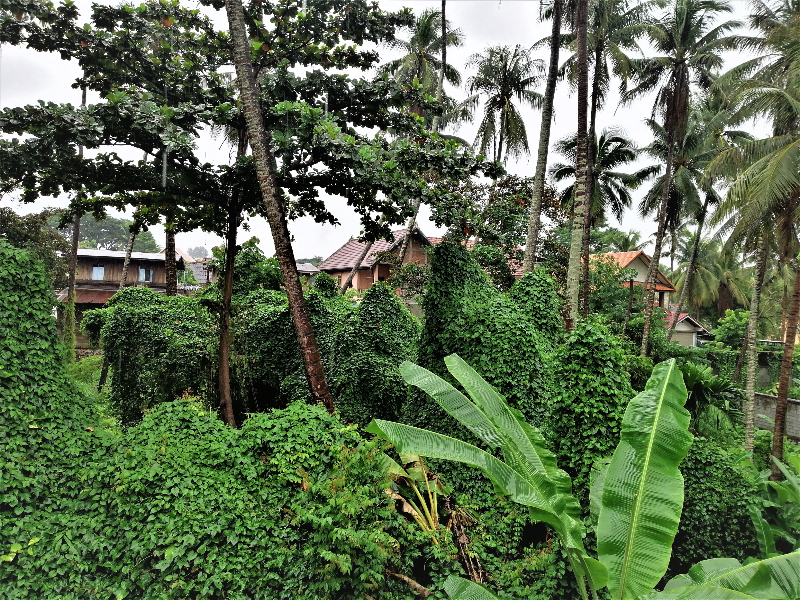
People and Society
Lao society tends to be ultra laid-back. People are often smiling, laughing and joking. Other than innocuous tuk tuk drivers and river boat operators who want your business, no one bothers you. And the drivers and boat guys vying for business aren’t troubled if you ignore them, which I do, while at times I try to acknowledge them and say:
Bo kop jai. (No thank you.)
If I’m in an extra-polite mood, I might add:
Chok dee. (Good luck.)
These guys are trying to make a living, and during low tourist season, there seems to be too many of them.
People tend to be hospitable. I’ve been given lychee fruit by a bánh mì (Vietnamese sandwich) vendor and fresh organic corn by the owner of a quaint mom and pop café.
There’s often a language barrier. This is more true outside Luang Prabang and Vientiane. If you can’t muster up a natural smile, put together a fake one. If you smile, all will be well. If you appear uncomfortable, you might make that young, shy toiler feel awkward, too.

Shyness could be a con. Like in much of east Asia, people are timid. It’s how it is, especially among younger women. I’ve taught English in Japan and found this human trait of shyness similar.
Be patient and calm. Smile. Don’t hesitate to attempt some basic Lao. Start with:
Sabai dee. (hello.)
Slowly work your way up from there. Attempting any Lao will often bring about smiles. They might find your attempts and pronunciation amusing. The ones who know some English understand exactly what you’re going through and are usually more than happy to correct.
NOTE: English is much less spoken outside of Vientiane and Luang Prabang; although a little bit of language effort still helps in these cities, especially when you wander away from a touristy area. Although Luang Prabang is so touristy that you're bound to find English speakers all over the city, especially among the younger generation.
Children sometimes smile, wave and say hello. Do them and yourself a favor and at least do the same back. Their parents or chaperones will then open up. In my opinion, to acknowledge them back is our duty as surrogate foreign ambassadors.
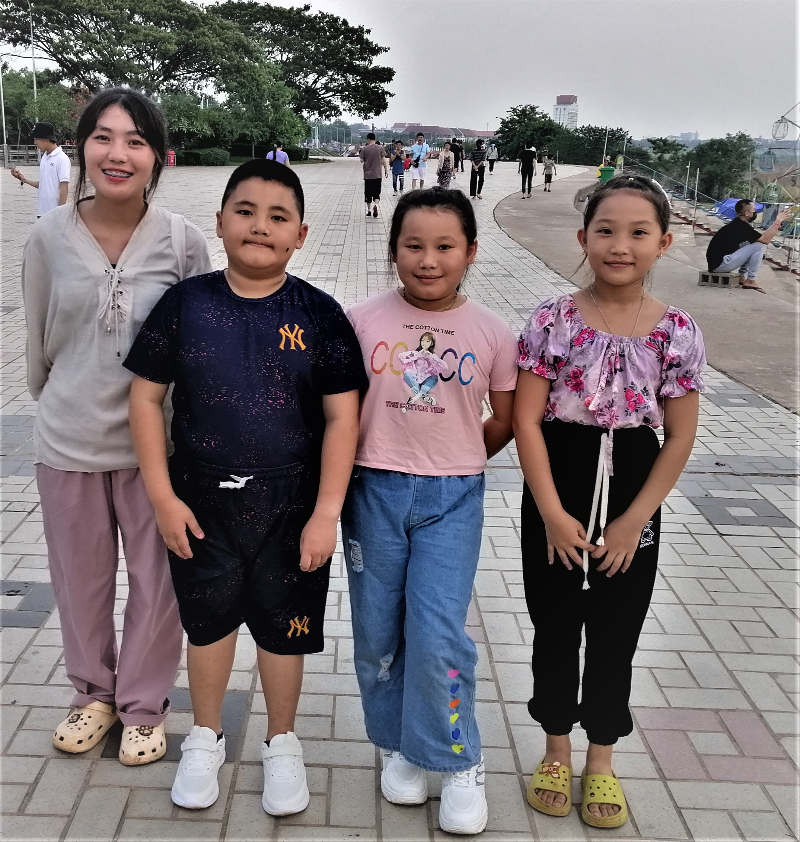
These kids and their chaperone stopped and asked if I wouldn’t mind answering a few questions for a school English project. It took a couple of minutes and was designed for them to practice English.
Living in the Now
In Lao culture, people seem to live in the present moment. For example, if I return to a restaurant or café that I hadn’t been to in a few days, or a week, or even a month, nobody says anything along the lines of:
Where have you been?
In my experience, this is by far not the case across all cultures.
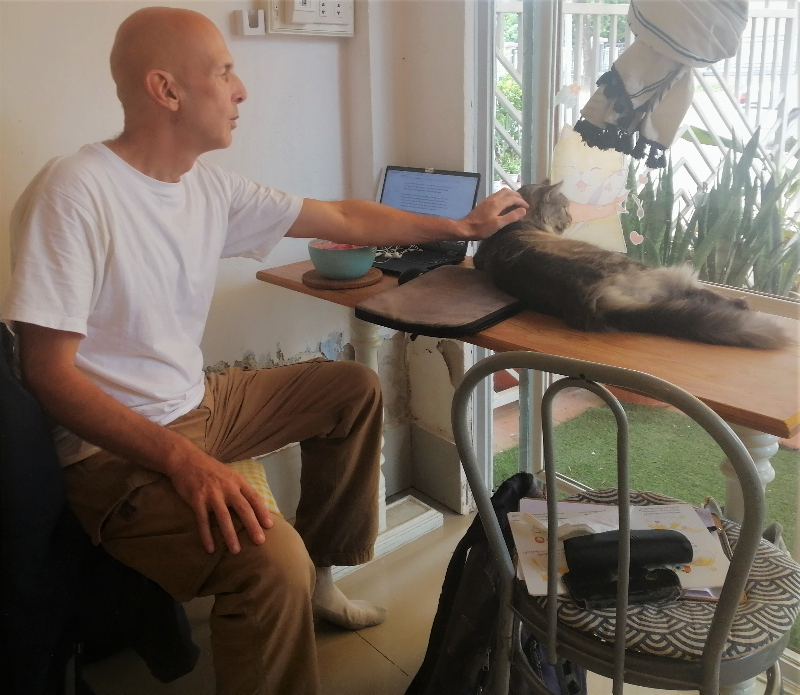
If I return to the same guesthouse that I’d already stayed in, the people tend to be happy I returned, with zero questions.
If they know you by face, they’ll smile like they’re happy to see you, but won’t typically ask about your past, or future plans. They’re content to see you in the present moment, while not complicating things by looking forward or back.
I speculate Buddhism plays a roll in the ability to approach time in the eternal now.
Children Practice Meditation
I’ve presented the following question to at least 10 people:
Were you taught mediation as a child?
Every single one of them have replied with:
Yes.
While walking beside busy Vientiane traffic during rush hour, I observed that there’s no road rage. While back in the US you see it, at least in and around the sizable cities of the northeast.
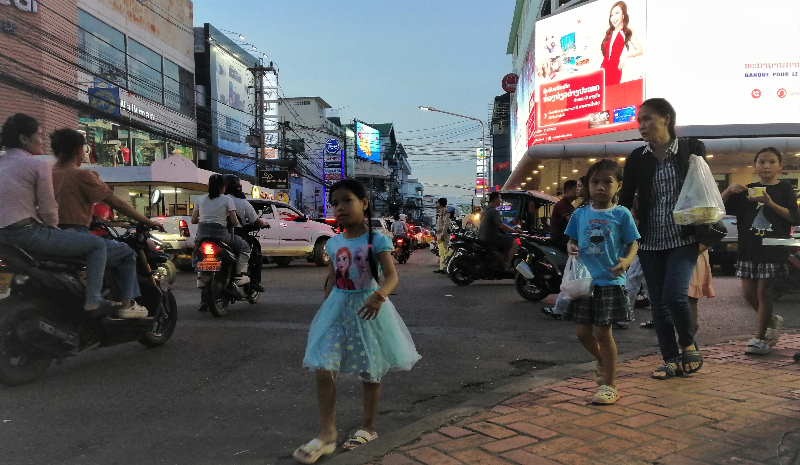
Walking as the Main Form of Transportation
Although tuk tuk drivers vie for my business, I almost never use them. The same goes for motorcycle taxis. My goal is to eliminate motors and machines as often as possible. I want to be grateful for the legs that provide the ability to walk across cities.
Sauna and massage can be a godsend for a pair of transport-weary legs.
In Lao cities, I don’t have to walk far as I can stay in or near a city center, where most things are in walking distance. This is a wonderful win for me. Frankly, I’m tired of traveling in vehicles. I just want to walk, even here in SE Asia where many travelers and locals must have a scooter or motorcycle.
For the moment, I’m avoiding even bicycles although those remain more of a possibility since they don’t have motors, an create exercise.
The UNESCO Gem of Luang Prabang
The biggest tourist area in Laos is the ancient UNESCO World Heritage Site of Luang Prabang. It’s where rivers collide alongside lush jungles, and jungle and stunning Lao architecture blend together.
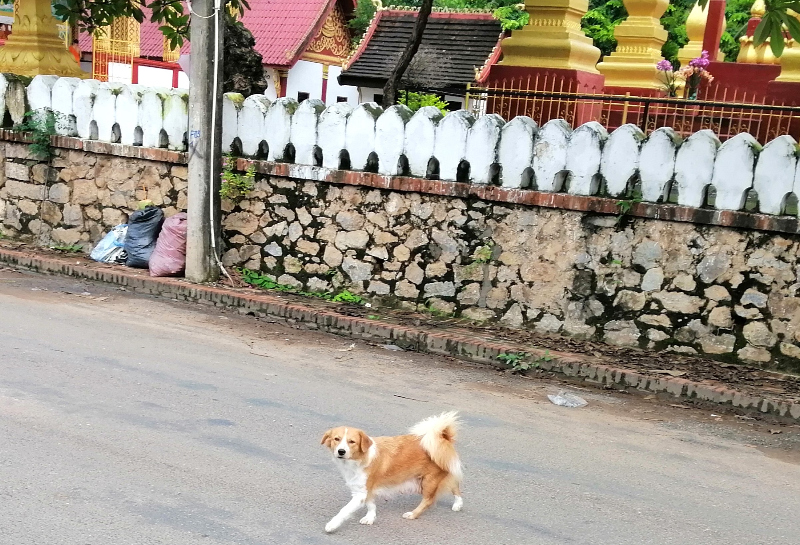
Luang Prabang is a city of temples. There are 33. They’re well taken care of and can be strikingly colorful, ornamented and high with steep, surreal roof layers.

The city is pedestrian friendly, with fairy-tale river walks. It’s loaded with cafés, restaurants, little eateries, street food and two small night markets in the city center.
For sights and sounds, the Talat Sau (morning market) is a unique experience that looks like it hasn’t changed for centuries.
For me, Luang Prabang is a livable city.
Selection of photos from Luang Prabang.
The LCR Lao-China Railway Bullet Train
Less than two years ago, the LCR Lao-China Railway, ultra-fast train opened its first line in Laos. It starts in Kunming, China and crosses into Laos. The mega-modern piece of machinary has to stations in the north before stopping in Luang Prabang, Vang Vieng and terminating in the capital Vientiane.
These new stations are like airports in a way. You and your bags have to go through security. But, unlike on a plane, you don’t check a bag. You take everything with you.

The fifth and most recent time I took this train, the scanner caught the nice Swiss army knife deep inside. I was told to dig it out. That was the end of the little tool. I hope it went into the hands of someone who can get use out of it.
I didn’t mind losing the knife so much as I hadn’t been using it much. I was just happy to be on the train from Vientiane to Luang Prabang because it saved eight-hours of uncomfortable mini-van travel.
A sign said it was an eight-hour ride. That makes the two-hour train ride a savings of six hours. I imagine that if they say 8 hours, it might be 10, and now in the rainy season, maybe more. So I was OK with losing the knife and relaxing on this comfortable train.
The engineering marvel travels as fast as 160 kph (100 mph). There are numerous tunnels. The bullet train often changes altitudes.
From the north in Boten to the capital of Vientiane, which is around a 17-hour drive if all goes smoothly, is condensed to under four smooth hours on this rapid train.
The Ability to Enter, Extend, Stay & Live
Laos is one of the easiest countries to enter since they grant fast, 30-day visas on arrival with little paperwork. A caveat is that travelers have to pay $40 dollars in very crisp bills. My two twenty-dollar bills weren’t crisp enough so I paid with a good $100 bill and got three crisp twenties back. The slightest rip and they won’t accept your bill.
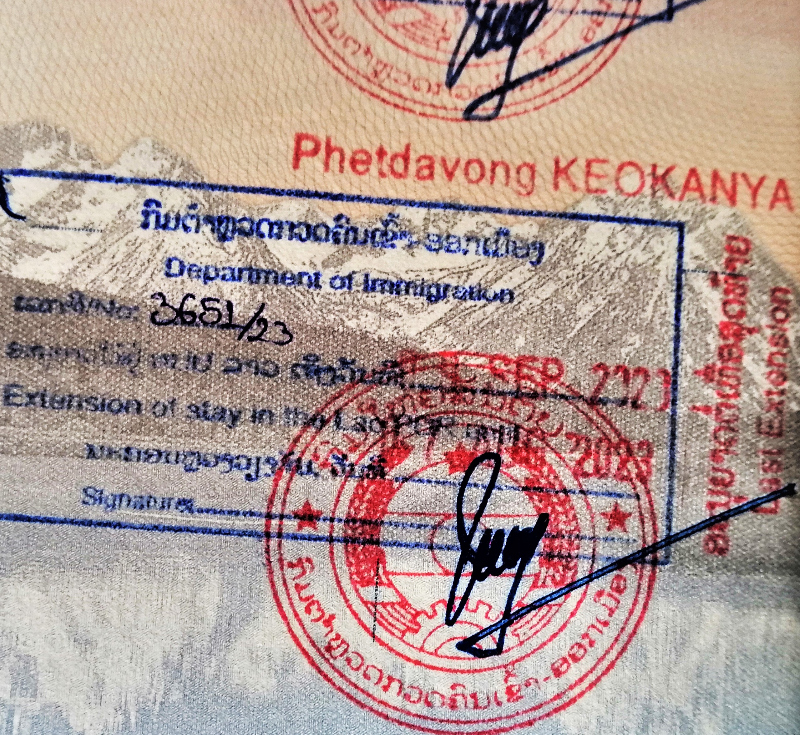
While on a 30-day visa, it’s possible to easily extend your visa twice. And you can do it a third time though a third party. Now I must leave as the stamp states: Last Extension.
However, once I leave the country, I have the option of coming back and getting a fresh 30-days with two more in-country extensions that I can do myself by going to the consulate office.
The same third party can arrange a one-year general work permit for $600. Pay the money while handing over the passport and a week later the passport is back with a year of time in Laos. You can work, do business, or not.
I was also told that for $15,000, it’s possible to legally obtain a Lao passport.
Value and Affordability
If your currency is the Dollar, Euro, Yen, Kroner, Franc, or another strong currency, then Laos can be quite affordable.
I know a Glaswegian expat who rented a two-bedroom house in great shape on the outskirts of Luang Prabang. It cost him $1,700 for one year of rent up front.
The very nice local man who owns and runs the guesthouse I stay in, offered me a 15% discount after I returned for a second time, having told him that I wanted to stay for 14 nights. I was paying about $7.50 a night. With a 14-day up-front payment under his discount scheme, it came out to $6.50 per night. And I didn’t ask for that discount.
The room and common area are comfortable. There’s endless drinking water available. They do your laundry for under $1 per kilo. Laos provides some of the best value accomodation on earth.
NOTE: $6.50 per night for a normal guesthouse room with regular amenities in Luang Prabang is almost unheard of. I didn't find the establishment overnight. If you'd like to get something closer to this range, head over to Manomai Road by Manomai temple and check around. Otherwise, in or near the historic center you'll pay double or triple for similar quality.
A massage costs between $2 and $20 or more if you wish to seek out luxury spas in Vientiane or Luang Prabang. I typically pay between $5 and $10 including a tip. You don’t have to tip but I feel it’s necessary if a person has toiled on my physical body, causing such simultaneous electrification and stimulation.
NOTE: Different massage service shops have different time options like 30 minutes, an hour, 90 minutes, 2 hours and more. So far I have always opted for one hour.
The herbal steam facility I currently use doesn’t cost much more than a dollar. The most expensive one I used was $3.

Food and accomodation are the biggest expenditures.
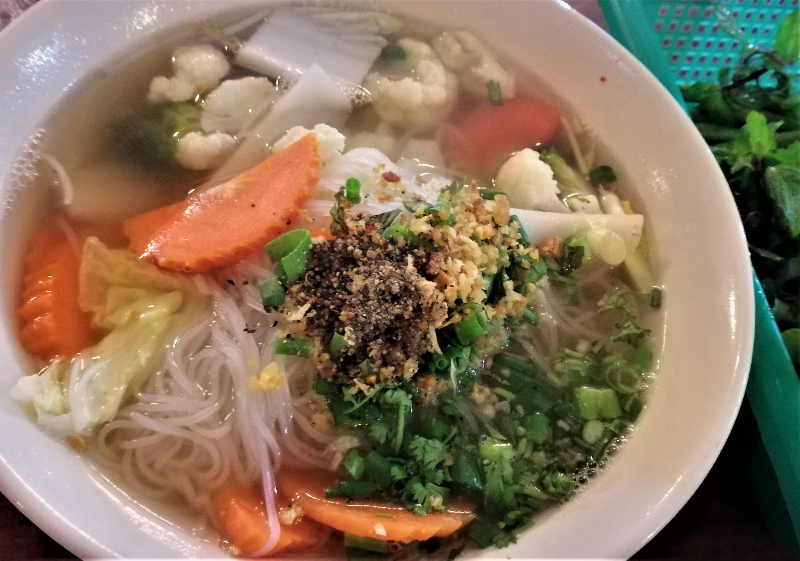
EMPATHY ALERT: Over the last couple of years, prices have doubled and tripled. Simultaneously, the vast majority of locals haven't had pay increases. Life isn't economically easy for the average person. That said, come to Laos and spend you're money. Tourism helps.
In closing, I’ve listed 11 things to love about Laos. While these were the first 11 that came to mind, here has to be thousands of more things to love.
I hope this article has opened your eyes to the wonder that is land-locked and laid-back Laos.
Can you think of any more great things about Laos? Have you considered a trip? Leave a comment below.


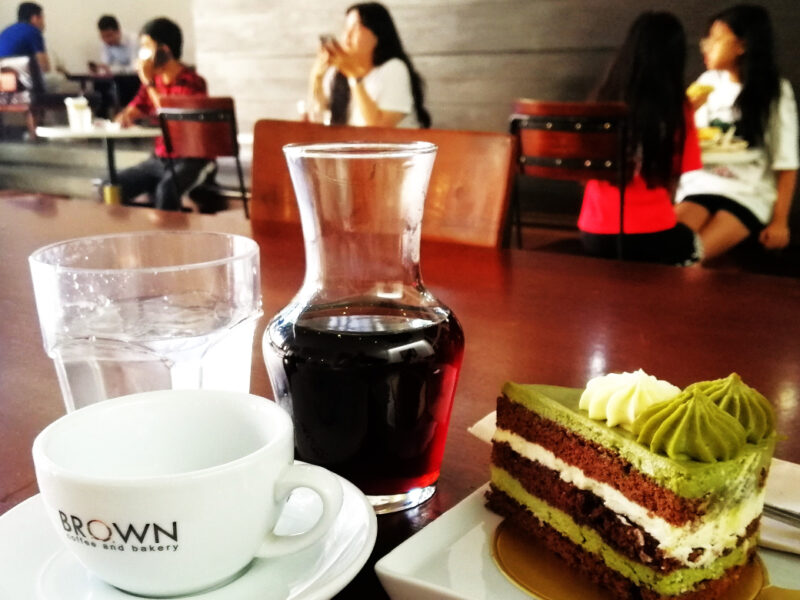
That is an informative and well-constructed post. Good job, Earthdrifter!